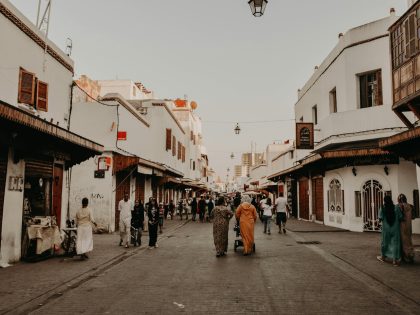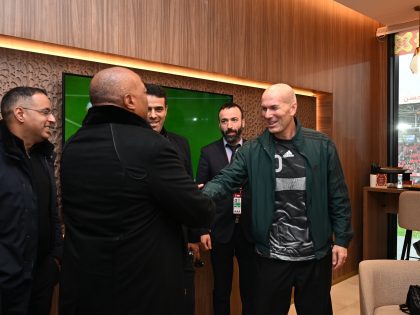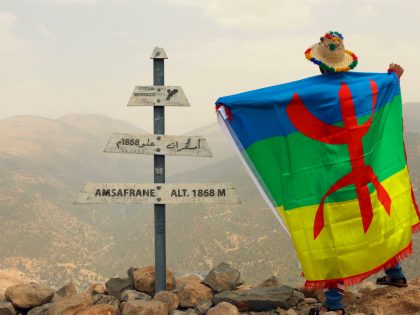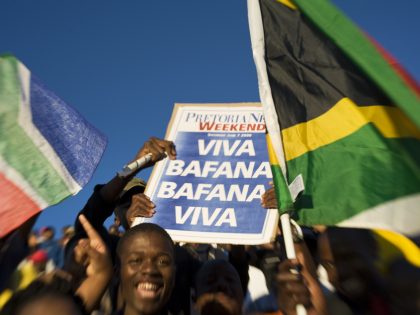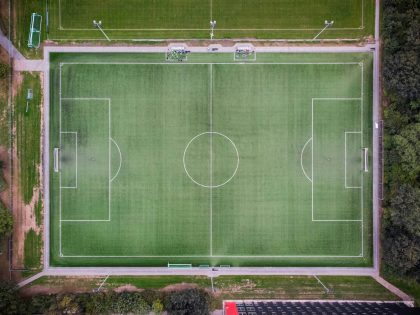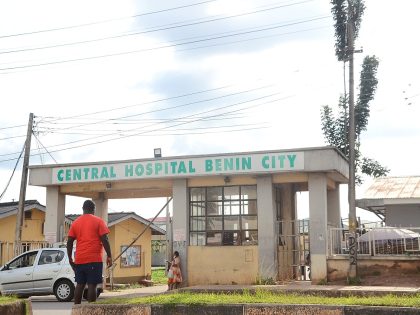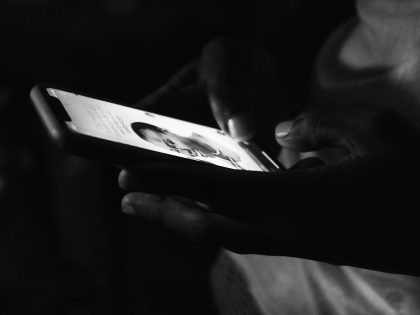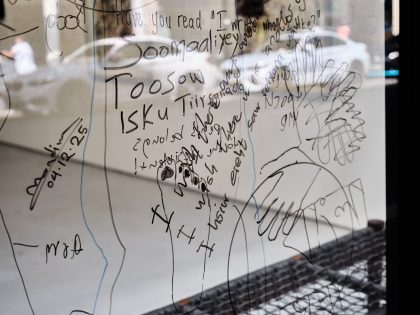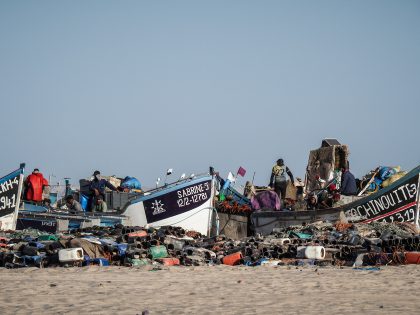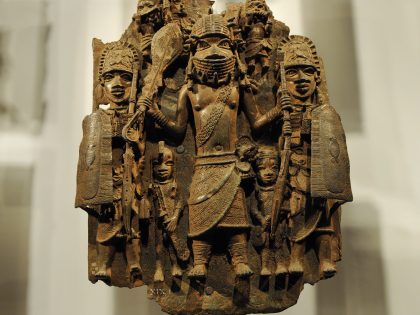Have a Nice Trip
How does it feel to be an African asylum seeker in Europe.

Still from "Bon Voyage."
The Swiss animated short movie,“Bon voyage” (“Have a nice trip”), by Fabio Friedli, seeks to convey how it feels to be an African asylum seeker in Switzerland, and it does so by capturing the experience in the simplest manner, with ballpoint pen and paper. Reactions to the movie show how divided the Swiss are about immigration and asylum laws, reflecting more general trends in Europe. However, although having won innumerable awards across Europe and marked a revival of the political film in Switzerland, the film’s critique about the Swiss asylum system is very subtle—maybe too subtle to contribute to meaningful change in thinking about asylum issues in Europe.
The film starts with stick figures climbing a pick-up truck and expressing joy and excitement for the journey. When they arrive at the coast, they board a boat to Europe. On their way, joy turns into despair, as the travelers have to overcome many challenges—an overcrowded bus, a sinking boat, the arrogance of the smugglers who don’t care about the lives they take into their hands, cluelessness about the exact destination, and lastly the defense systems of the “Fortress Europe”.
Many migrants die on the way, and only the hero of the story makes it, finally sitting in front of three immigration officers in Switzerland. This is the moment in which the animated film suddenly turns into a live action film. But here the actual adventure just begins, as the officers don’t seem to care about the refugee’s story and draw cartoons while listening to the refugee’s testimony—the very cartoon we just saw, imagining African migrants as stick figures without motive and history that die like flies.
The film was made at a time when Switzerland (and Europe more generally) had to deal with an increase in asylum seekers, rising by 45% from 2010 to 2011 to 22,551, which was largely attributed to the upheavals in North Africa and an operational migration route from Tunisia and Lybia to southern Italy. Asylum law is an issue exploited by the conservative Swiss people’s party (SVP), and the topic provokes strong emotional reactions, as immigrants and asylum seekers are thought to limit domestic employment opportunities and fundamentally change Swiss culture. In a previous project, Homeland (video below), Fabio Friedli and colleagues captured the angst over cultural change, which was most strongly expressed during the debate about the construction of minarets in Switzerland, which culminated in a referendum in 2009. This is why, since 2006, Switzerland has restricted immigration and asylum law greatly.
Today, Switzerland is one of the European countries with the most restricted asylum regulations and the longest wait times for asylum petitions, turning the Swiss asylum process into a “kafkaesque” experience.
“Bon voyage” works with those narratives with the greatest shock factor—the fatal journey across the Mediterranean Sea and an African asylum seeker in front of Swiss officers, and thus speaks to the dominant image of asylum seekers in the European media and public. Most irregular migrants and asylum seekers actually arrive via land in Europe (from Russia and the Balkans), and many come from the Near East rather than Africa. But the film does not clarify—it plays with existing stereotypes, in a manner that is too subtle to provoke a change in attitude among Europeans towards migrants. Most of the reactions to the film on media websites convey a deep racism and anxiety about immigrants’ danger to Swiss culture and the job market. These people don’t realize that contrary to their fears of waves of asylum seekers from Africa, only few arrive—in the film, only the hero of the story makes it. It’s a tragic hero, as in current European public discourse one is one too many.



